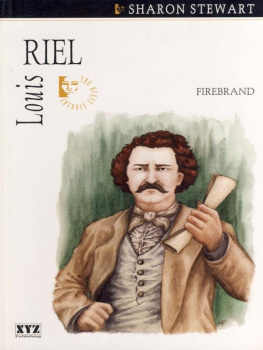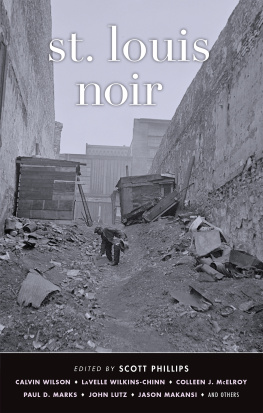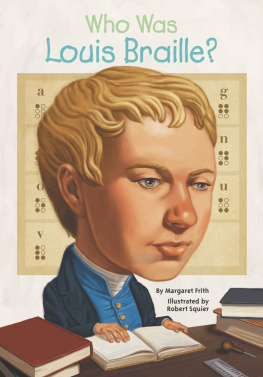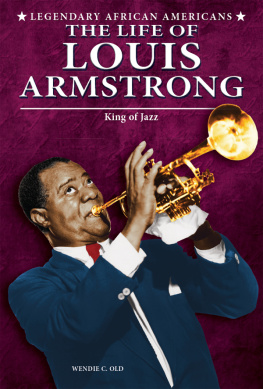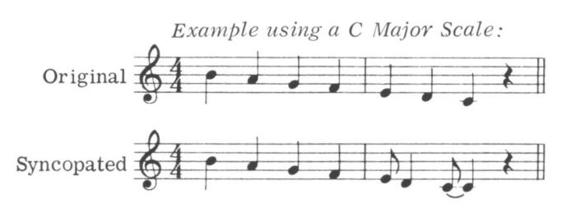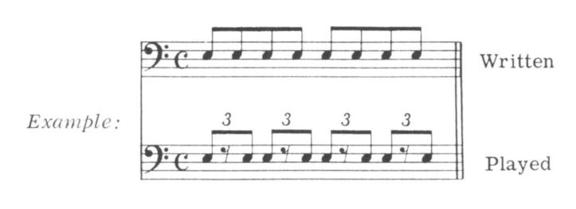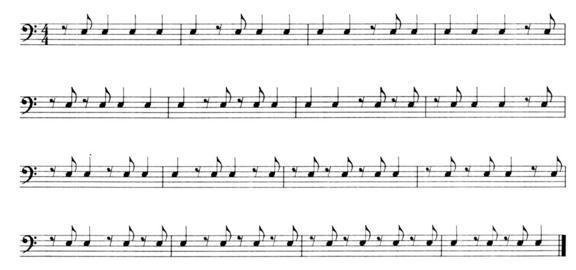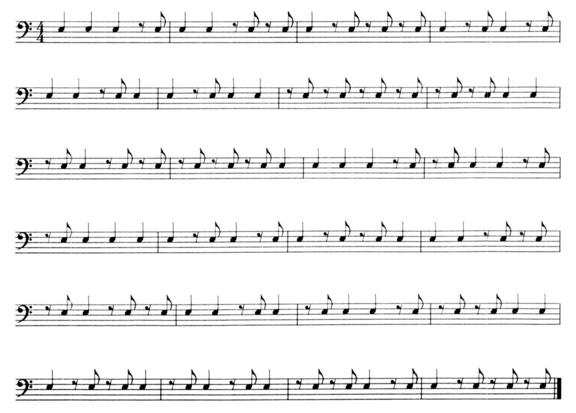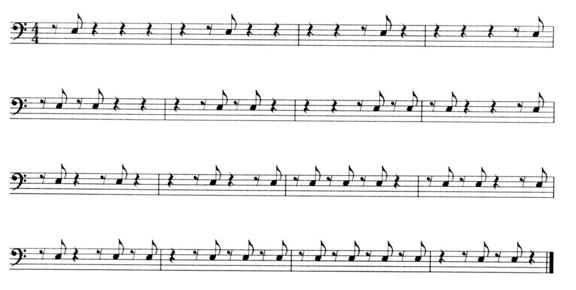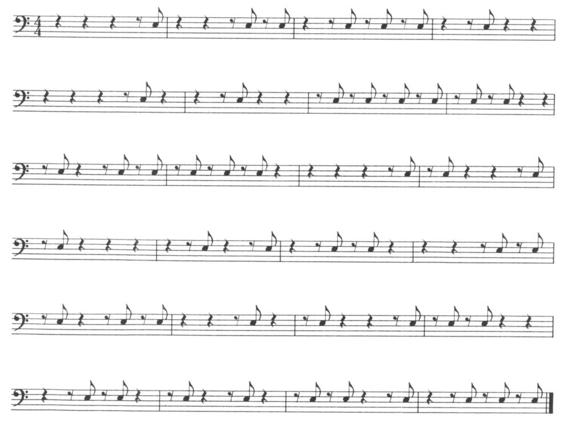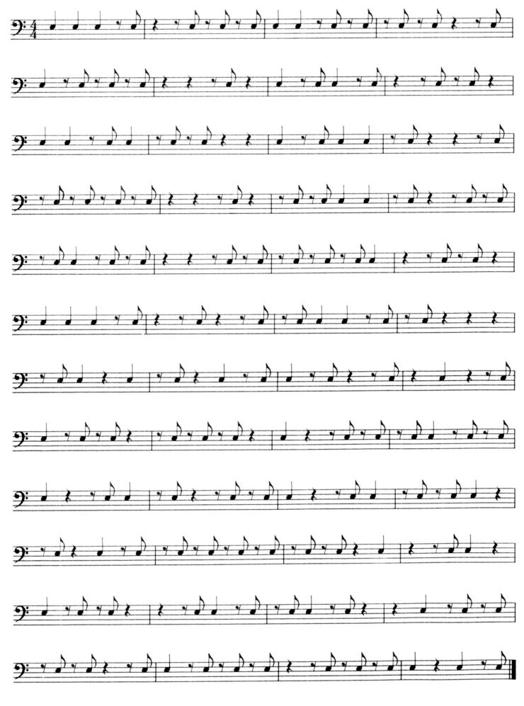By LOUIS BELLSON
Written in Collaboration with
GIL BREINES

PAGE
.......................................................... 2
.................................................... 4
................................. 9
............ 14
........................ 16
...................... 32
............................................... 40
.............. 47
............ 64
...................... 66
............................ 68
.............. 82
............ 83
........................ 86
........ 88

LOUIS BELLSON

The musical facts about Louis Bellson are indeed amazing. His laurel-winning drumming for Benny Goodman, Tommy Dorsey, Count Basie, and Duke Ellington are permanently etched in recordings and transcriptions.
His unusual talent as an arranger, composer, and conductor are well known in both the jazz and legitimate field.
His ability as a lecturer and percussion clinician is highly regarded among music educators as well as professional musicians, teachers, and students.
The contributions that Louis Bellson has made and is continuing to make to music and percussion will long be remembered.

GIL BREINES

Gil Breines studied percussion with Fred Albright, Saul Goodman, and Morris Goldenberg.
He has a Bachelor of Science Degree from Juilliard School of Music, N. Y.,and a Masters Degree from Roosevelt University, Chicago.
He was principal percussionist with the Chicago Symphony Orchestra, and also played with the New York Philharmonic Orchestra, Metropolitan Opera Orchestra and the Goldman Band.
Mr. Breines has performed with such great conductors as Fritz Reiner, Leonard Bernstein, Eugene Ormandy, Leopold Stokowski, Sir Thomas Beechman, Franz Alters, Robert Russel Bennet, Morton Gould among others.
He was on the faculty of the American Conservatory of Music, Chicago, and is now engaged in free lance work in Radio, T.V., and Recordings, as well as being actively engaged in teaching in New York City.
SYNCOPATION=definition=Play by accenting notes normally unaccented.
A more understandable definition of syncopation is where the original rhythm or part of a melody or main theme is transferred from the main beats in a measure to "off beat" rhythms. Thus the main melody or theme is still preserved, but more interesting rhythms are created with the melody.
Notice the change in the melody just by changing the last three notes.
The object of this text is to acquaint the reading Musician with the most. comprehensive and popular methods of notating syncopated rhythms used in all forms of music. (ie; Jazz, Classical, Latin, Show, Dance Bands, etc.)
The speed of the exercises is determined by the ability of the student. In the beginning everything should be played slowly, until the ability to read in an even tempo is ob - tained. The exercise should be played only as fast as the hardest measure of the exercise can be played.
It is suggested by the authors that each rhythmic figure that presents a problem be thoroughly understood. This can be accomplished by first analizing the Rhythmic Figure, and then developing the ability to recognize the Rhythmic Figure. After thoroughly understanding and really knowing the figure you can progress to the next problem.
The art of being able to "Break Down" and then having the ability to recognize a Rhythmic Figure are the two requirements needed in improving ones speed and accuracy in sight reading.
Counting is a must in order to divide the music correctly into its rhythmic sequence. Before leaving a study you should be able to read the entire study smoothly with equal volume throughout and in strict tempo.
In order to get the most out of this text it is suggested by the authors that the music be played both in 4/4 time (C) (making sure you COUNT IN FOUR and BEAT YOUR FOOT IN FOUR) and also in 2/2 time (4) (making sure that you COUNT IN TWO and BEAT YOUR FOOT IN TWO).
In order to become fully acquainted with reading of modern syncopation, the student must learn to play the exercises not only legitimately, exactly as written, but also with a "Jazz Feel".
This is accomplished by playing all notes that fall on the second half of a quarter note on the third eighth of a triplet, and the 16th note of a dotted 8th and 16th on the third eighth of a triplet.
An eighth and sixteenth can be interpreted this way too:
An example combining all:
When first practicing in the "Jazz Feel", the student should beat his foot in four.
A good example of the "Jazz Feel" can be seen by comparing the 1st exercise in this book with the exercise on Page 48. This is how the 1st exercise would be played with a "Jazz Feel".

Summary:
Summary:

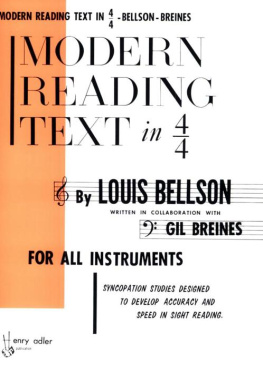
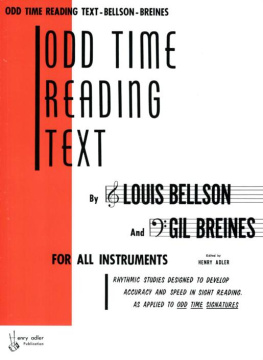
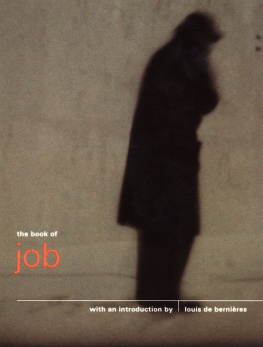
![St. Louis de Montfort - The Secret of the Rosary (with Supplemental Reading: (The Classics Made Simple: True Devotion to Mary) [Illustrated]](/uploads/posts/book/269632/thumbs/st-louis-de-montfort-the-secret-of-the-rosary.jpg)
![Louis de Montfort - The Saint Louis de Montfort Collection [7 Books]](/uploads/posts/book/265822/thumbs/louis-de-montfort-the-saint-louis-de-montfort.jpg)
